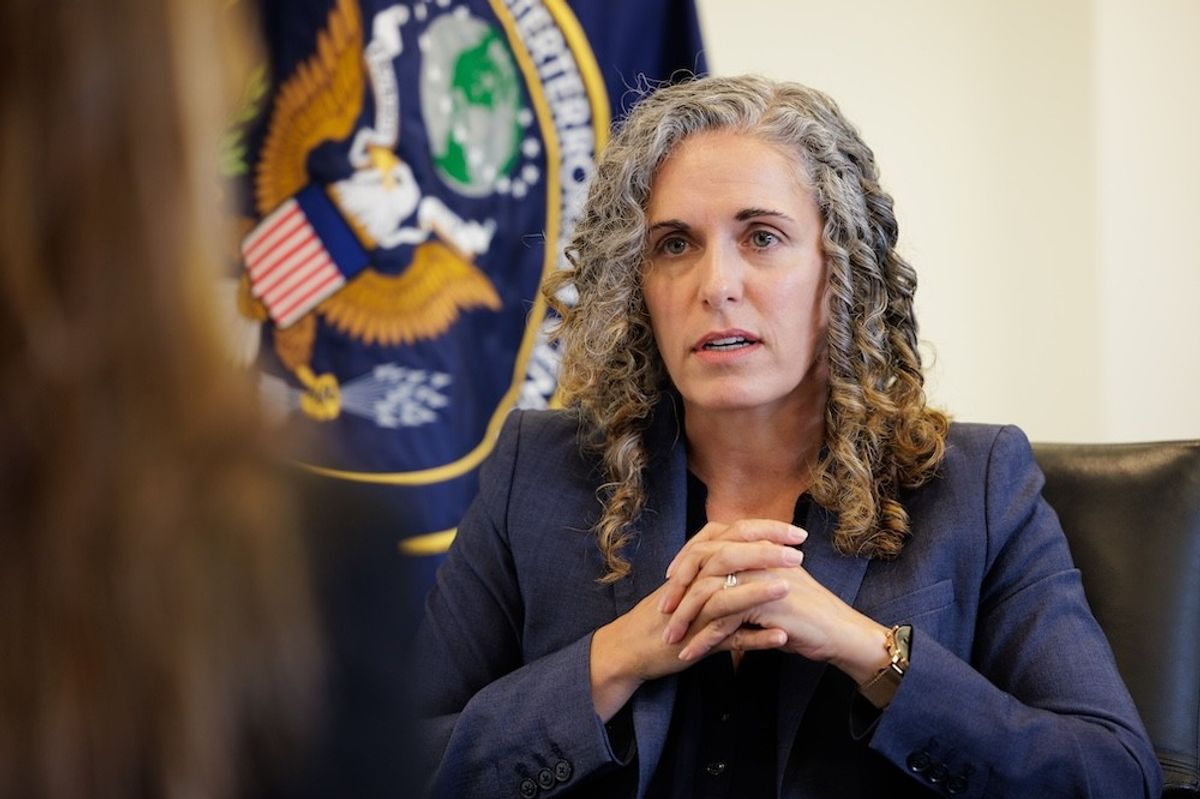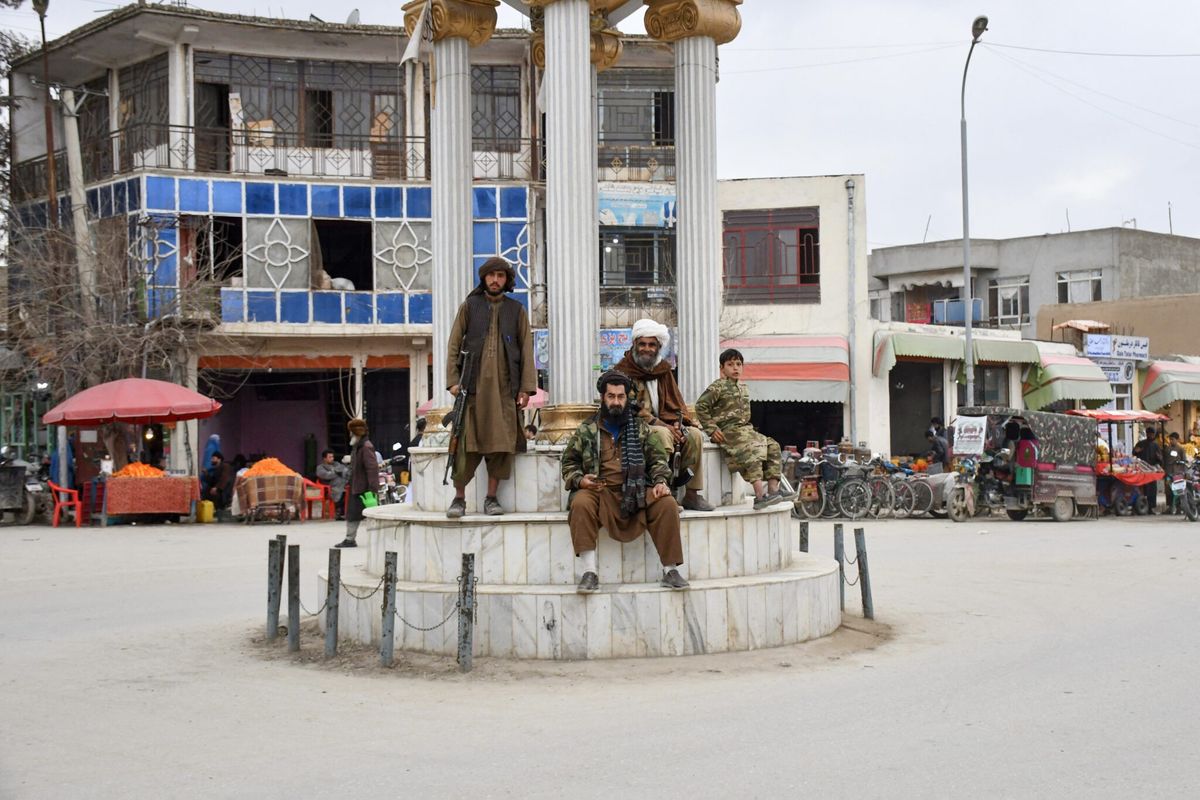The Haqqani network’s continued presence in Pakistan, as well as recent Taliban advances in Afghanistan, have resulted in a “steady deterioration in U.S.-Pakistan relations over the past year,” explains Daniel Markey, Senior research professor at Johns Hopkins University’s School of Advanced International Studies (SAIS), in an interview with The Cipher Brief. According to Markey, the U.S. and Pakistan do not have a “similar assessment of the threat posed by the Taliban, al Qaeda, and the Haqqani network,” a gap that “thoroughly undermines the likelihood of effective cooperation.”
The Cipher Brief: What is the relationship between the Haqqani network and the Taliban?
Daniel Markey: The Haqqani network is a constituent part of the Afghan Taliban, as evidenced by the fact that the network’s leader, Sirajuddin Haqqani, serves as a deputy to the Taliban emir, Hibatullah Akhundzada. But the Haqqani network’s origins actually predate the formation of the Afghan Taliban and stretch back to the command of mujahideen forces by Jalaluddin Haqqani (Sirajuddin’s father) in the anti-Soviet war of the 1980s. During that period, the Haqqani network also formed a close partnership with al Qaeda and Osama bin Laden.
TCB: How much of a presence do groups like the Haqqani network, the Taliban, and even al Qaeda maintain in Pakistan? What benefit does Pakistan see in providing a safe haven for these groups?
DM: Historically, the Haqqani network has had a distinct power base in southeastern Afghanistan and Pakistan’s Federally Administered Tribal Areas, and its name is traced to the Darul Uloom Haqqania, a madrassa located between Peshawar and Islamabad. Until the Pakistani military operation Zarb-e-Azb started in 2014, the Haqqani network was firmly ensconced in North Waziristan, especially in the town of Miranshah.
After 9/11, the Haqqanis, Taliban, and al Qaeda leaders have all found opportunities for safe haven inside Pakistan. Of the three groups, the Haqqanis are widely perceived to have maintained the best terms with the Pakistani state (meaning military and intelligence services). Whereas the main line Afghan Taliban reportedly have a testy and reluctant partnership with Rawalpindi, and al Qaeda publicly turned against the Pakistani state after 9/11, the Haqqani network has never broken with Pakistan. Washington generally views the Haqqanis as the proxy group with which Pakistan enjoys the greatest influence and control, which helps to explain the particular frustration that U.S. policymakers feel at Haqqani attacks on U.S, NATO, and Afghan forces.
TCB: What are Pakistan’s strategic objectives when it comes to Afghanistan? How does providing a safe haven for groups like the Haqqani network factor into the government’s strategy?
DM: Pakistan’s leaders have never deviated from their primary objectives in Afghanistan: placing a friendly government in Kabul that threatens neither significant Indian influence nor Pashtun irredentism on Pakistan’s western border. Pakistan has never been convinced that the U.S.-led war in Afghanistan would serve these purposes. Pakistani safe havens for Afghan Taliban insurgent groups, including the Haqqanis, have sustained them as proxy forces despite years of U.S., NATO, and Afghan successes on the battlefield.
TCB: How have the U.S., Afghanistan, and Pakistan worked to counter the threat posed by the Haqqani network and the Taliban?
DM: U.S. and Afghan militaries have attacked the Haqqani network inside Afghanistan, and U.S. intelligence-backed efforts, including drone strikes, have targeted Haqqani leaders inside Pakistan. Although it is not clear that Pakistani military operations in North Waziristan have ever specifically targeted the Haqqani network, the fighting forced Haqqani leaders to relocate from some of their traditional bases of operations. Unfortunately, this relocation does not appear to have limited the effectiveness of Haqqani operations inside Afghanistan.
The other significant but so far unsuccessful effort to counter the threat posed by the Haqqani network has been diplomatic. Starting in 2011, U.S. officials sought Pakistan’s assistance in an effort to involve the Haqqanis in the broader “reconciliation dialogue” between Kabul and the Taliban. However, instead of bringing American and Pakistani positions into alignment, this initiative exposed their differences. Whereas U.S. officials have urged Pakistan to pressure the Haqqani leadership to the table—squeezing them militarily and financially—Pakistani officials suggest the limits of their influence and doubt the viability of the coercive American approach.
TCB: As the Taliban has stepped up its campaign in Afghanistan, how have Taliban advances impacted U.S.-Pakistani relations?
DM: Taliban advances in Afghanistan are part of the reason for a steady deterioration in U.S.-Pakistan relations over the past year. Although setbacks in Afghanistan are not entirely attributed to Pakistan, it is clear that both the Obama administration and leaders in the U.S. Congress believe that the effort would have achieved greater success had Pakistan not played a spoiling role. Aside from the intensification of violence, Pakistan’s unwillingness to reciprocate the diplomatic outreach effort made by Afghan President Ashraf Ghani was especially disappointing, as it weakened him and his government of national unity. The Obama administration’s decision to eliminate Taliban leader Mullah Akhtar Mansour in a May drone strike reflected U.S. exasperation with Pakistan and a firm belief that the stalled reconciliation process held no chance of success in the near term.
TCB: How can the U.S. and Pakistan better cooperate to mitigate the threat posed by the Taliban, al Qaeda, and the Haqqani network?
DM: Despite official claims to the contrary, Pakistan and the United States do not share a similar assessment of the threat posed by the Taliban, al Qaeda, and the Haqqani network. This thoroughly undermines the likelihood of effective cooperation. In the early years of the Obama administration, when U.S. officials devoted greater resources to the Afghan war effort and “AfPak” was a top national priority, the United States could conceivably have done more to use its leverage to convince Pakistani leaders that the best way to achieve their goals in the region would be to line up behind the U.S. agenda.
However, now that Washington has significantly scaled back its ambition and presence in the region, the more realistic question is whether the United States will play for a “hurting stalemate” that could eventually lead the Taliban (including the Haqqanis) and their Pakistani patrons to conclude a political deal with the Kabul government. Alternatively, Washington could instead lose patience entirely and abandon the region as it did in the immediate aftermath of the Cold War. The latter would be a disastrous approach, likely spelling the eventual downfall of the new Afghan state and, quite possibly, the regrowth of al Qaeda and other international terrorist organizations on Afghan soil, not to mention the further deterioration of U.S. relations with nuclear-armed Pakistan.












